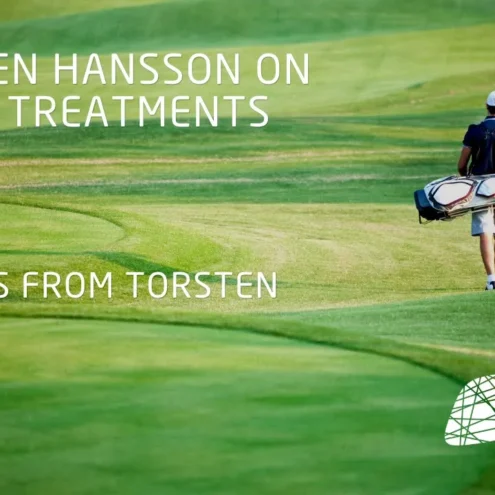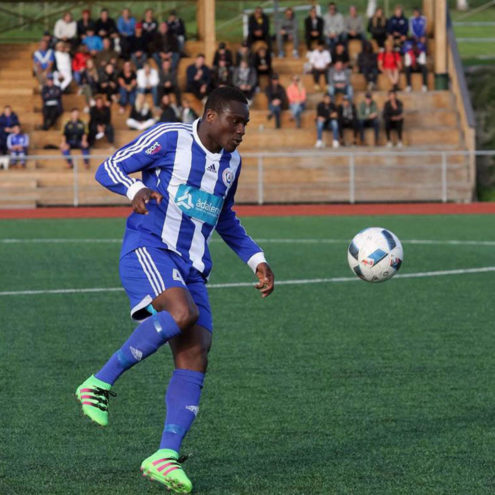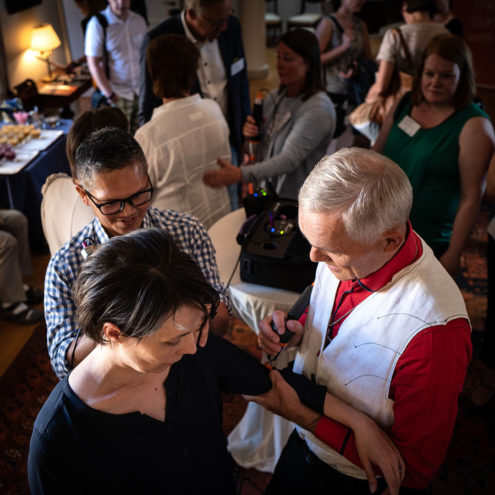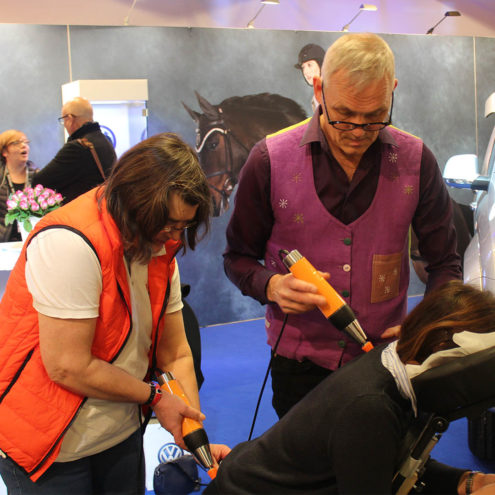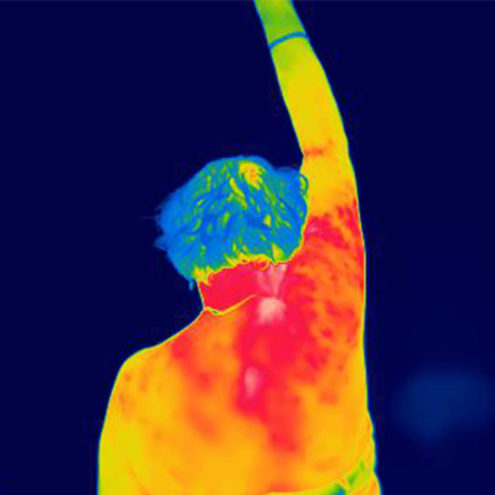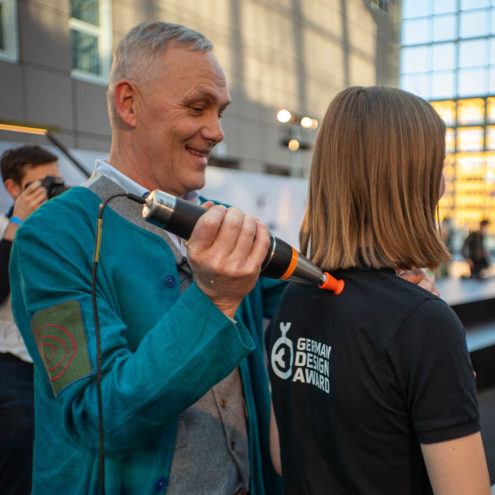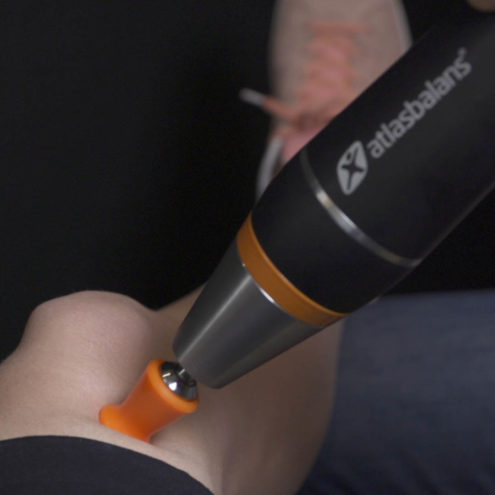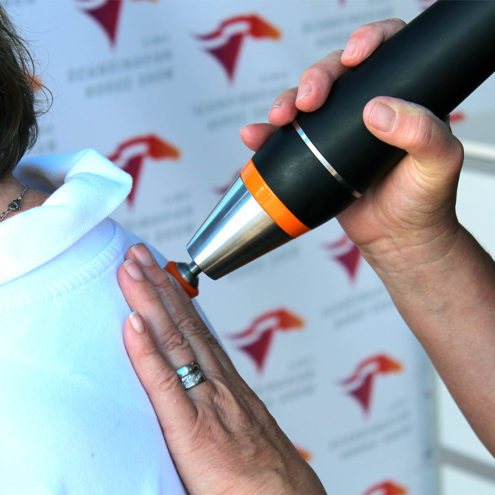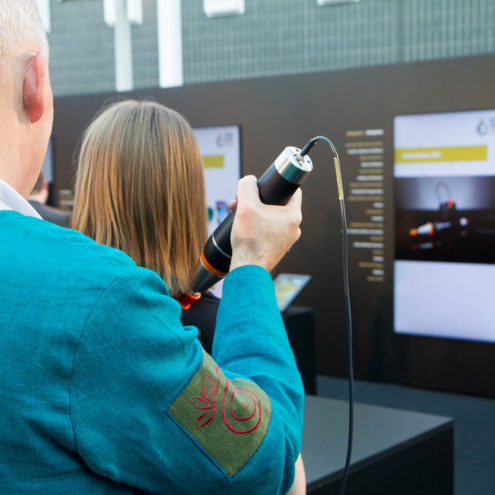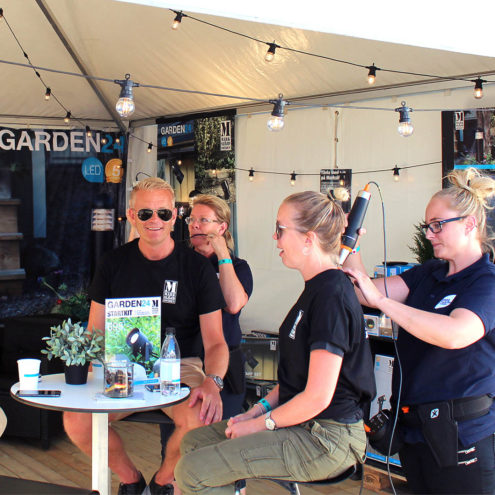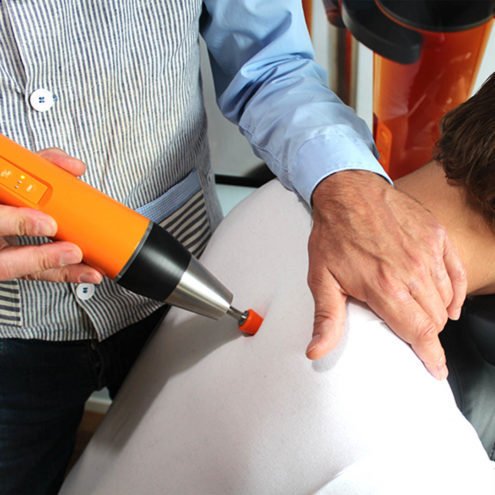Exercises for Tennis Elbow: Relief and Strengthening with FasciaClinics
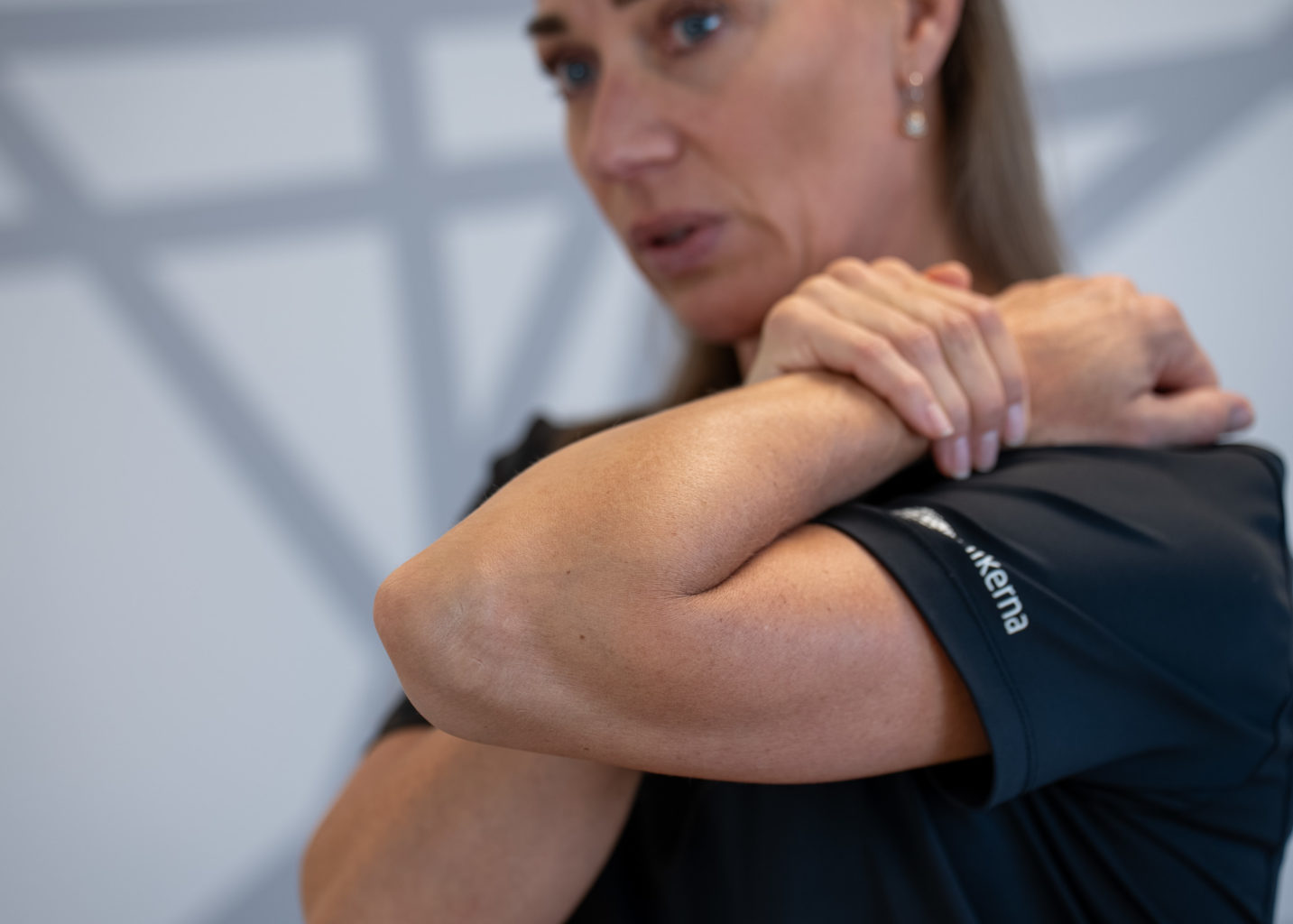
Introduction to tennis elbow and its impact
Tennis elbow is characterized by pain on the outside of the elbow. The pain can sometimes radiate up and down the arm. The pain increases when the arm is used, especially when bending the wrist upwards, when gripping something with the hand, or when bending the wrist downwards against resistance. Symptoms usually develop gradually over a long period of time, but can also occur suddenly.
Understanding the Anatomy of the Tennis Elbow
Muscles and tendons involved
Tennis elbow occurs in the extensor muscles of the forearm. This muscle group has tendons and fascia that attach to the outer (lateral) epicondyle of the humerus. These muscles rotate the forearm and wrist outwards, bending the elbow and wrist upwards.
Read also about: False tennis elbow
Cause of pain and inflammation
The cause of the pain and inflammation that occurs in tennis elbow is that the extensors of the forearm are overused in activities involving repetitive inward and outward rotation of the forearm.
The benefits of performing tennis elbow exercises
Pain relief
Performing specific exercises designed for tennis elbow can have a pain-relieving effect. Among other things, it increases blood circulation and reduces tension in the area.
Read also: Shockwave therapy for tennis elbow
Strengthening and prevention
Strengthening the structures involved favors healing as well as reducing the symptoms of tennis elbow. Strengthening the muscles and tendons is also important for their long-term health.
Recommended exercises for tennis elbow
Stretching exercises
Lift the affected arm slightly forward. Rotate the hand and turn the little finger upwards. The thumb should be facing the floor. The other arm grasps the twisted hand. Bend up the wrist of the gripping arm so that it tightens on the underside of the affected arm. Hold the stretch for at least 30 seconds.
Stretch the flexor muscles of the forearm. Stretch the affected arm out in front of you, palm down. Bend your wrist up. Take the palm of your other hand and bring it towards you until you feel a stretch in your wrist. Hold the position for at least 30 seconds.
Stretch the extensors. Stretch the affected arm with the palm facing downwards. Bend your wrist downwards. Grasp the back of the hand with the other hand and bring it towards you until you feel a stretch in the wrist. Hold the position for at least 30 seconds. Alternate stretching with bent fingers to form the hand into a fist.
Stand up and clench your hands. Bring your arms up and press your palms against the ceiling while looking up. Hold the stretch for one minute. This exercise affects, among other things, the muscles and joints that are often involved in tennis elbow.
Strengthening exercises
Strengthen the extensors. Bend your elbow and support your forearm on a table with your wrist off the edge. The back of your hand should be facing upwards. Bend your wrist up as far as you can. Then slowly lower your hand until your wrist is bent downwards. In the early stages of healing, you can use your other hand to help the affected arm.
Grab a soft ball and press with your fingers as hard as you can. Hold for 5 seconds and release. Repeat 10 times.
Strengthen the forearm flexor muscles. Bend your elbow and support your forearm on a table with your wrist outside the edge. The palm should be facing upwards. Slowly bend your wrist as much as you can so the palm is facing you. Then lower your hand until your wrist is bent downwards. At the beginning of the healing process, you can use your other hand.
Movement exercises
Exercise the outward rotation of the elbow. Bend your elbow and support your forearm on a table with your wrist outside the edge. Feel free to use a weight or dumbbell where you let the weight rotate your forearm outwards so that the palm is facing upwards. Try to keep the movement isolated so only the forearm moves.
Wring out a towel. Hold a towel with both hands. Keep your shoulders relaxed. With both hands, in opposite directions, wring out the towel, as if you were wringing water out of a cloth.
Additional tips and advice
Rest and recovery
Allow the inflammation to subside before engaging in any strenuous activities. It is important to keep your arm moving to promote circulation and healing of the tennis elbow. It is not unusual for the area to feel a little sore and stiff. If the pain returns or worsens, stop your activity immediately.
Cooling and heat treatment
Both heat and cold can benefit the symptoms of tennis elbow. Cooling the elbow can be a good idea to relieve the pain and reduce swelling in the acute phase. Heat can improve circulation in the muscles and elbow joint.
Frequently asked questions about tennis elbow and exercises
How often should I do these exercises?
It is important to keep the circulation going in the elbow and forearm. It is recommended to stretch at least three times a day, but preferably more. Strengthening exercises should not be done more than twice a day.
How long does it take before I see improvement with exercises?
Tennis elbow usually heals on its own. Without any treatment, the healing time can be longer, up to 1-2 years.
Can I continue with sports and other activities while performing these exercises?
Often, you can start your activity slowly or 2-3 weeks after starting treatment. In more severe cases, it may take longer. It is important to listen to your body and stop immediately if the pain returns.
For an active and pain-free elbow with FasciaClinics
If you’ve suffered from tennis elbow, it’s time to do something about it. At the FasciaClinics, we treat the body from a holistic perspective. We offer you personalized advice and a tailored and effective treatment. Book your appointment today at the FasciaClinics.
 Search
Search


